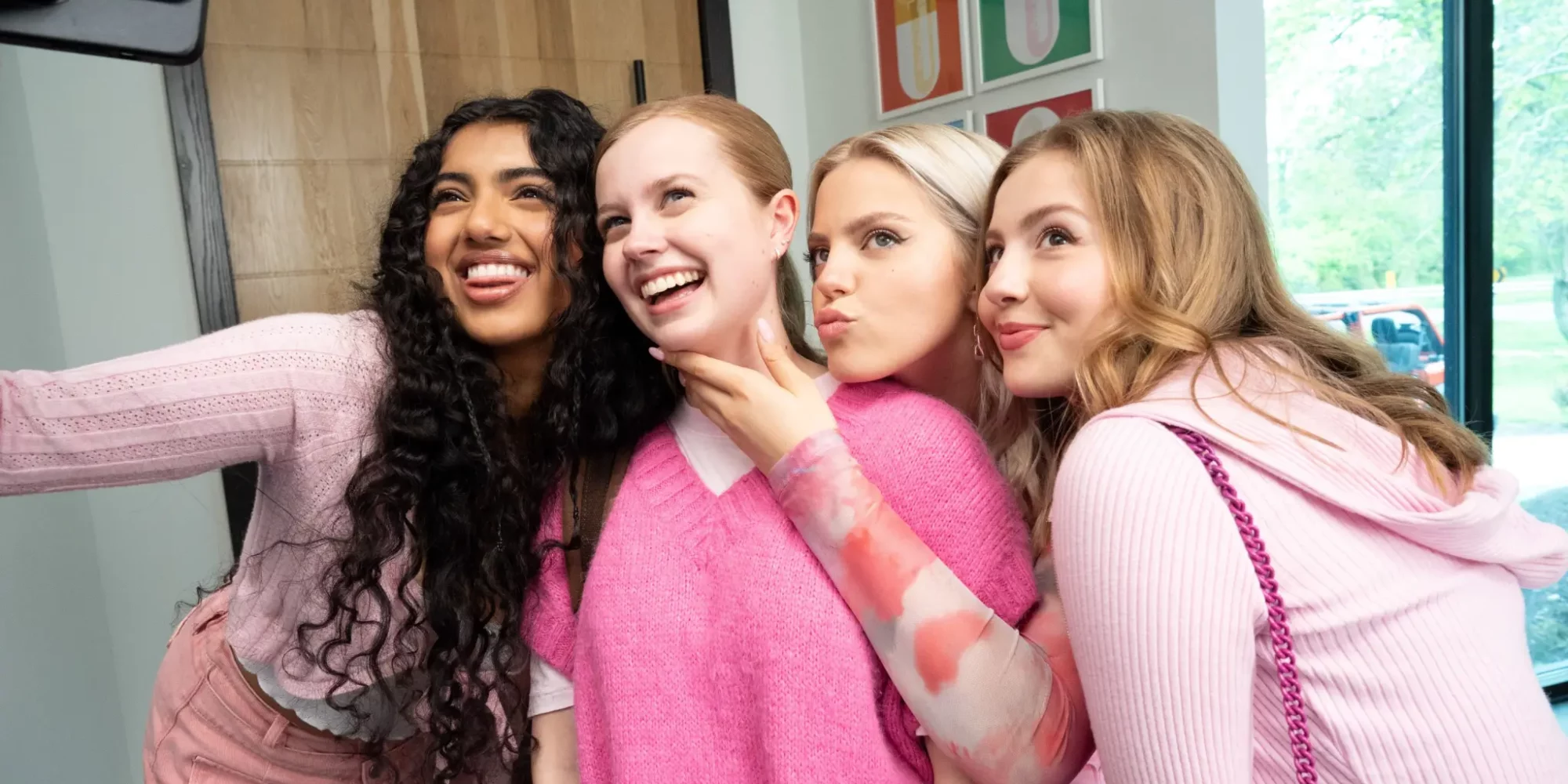
E.l.f. Beauty’s “Mean Girls” Product Placement Is Getting Dragged On Social Media. How Could It Have Done Better?
“Mean Girls” viewers are calling out E.l.f. Beauty’s product placement as very un-fetch.
Compared to the 2004 blockbuster and subsequent musical it’s based on, the recently released movie musical dials up the brand integration and sprinkles in the cosmetics brand on several occasions, including one in which protagonist Cady Heron played by Angourie Rice references an E.l.f. lip product shade and another where an E.l.f. lip product is falling into the sink. While “Mean Girls” features product placement from other companies—Shopify and Seat Geek, for instance—critics of E.l.f. on social media argue that its product placement is the most obvious.
“By the third e.l.f. placement the theater audience audibly groaned,” writes user sleppybebble on Reddit. “It did not feel natural whatsoever.” TikTok user milajaye agrees that E.l.f.’s product placement felt forced. She notes consumers are smart and don’t want “highly scripted, robotic, chat GPT-like ads and content.”
The brand, a hit with gen Z consumers that’s usually had a deft advertising touch, didn’t respond to Beauty Independent’s request for comment. The unfavorable response it’s receiving for its “Mean Girls” product placement shows how tricky it is to navigate the advertising landscape when anyone with a phone can easily express their dismay. But, as rapidly as E.l.f. has faced a backlash, it could receive flattery once again for its ads. It’s returning to Super Bowl advertising next month after its spot with actress Jennifer Coolidge featuring bestseller Power Grip Primer for last year’s Super Bowl drew wide acclaim and tens of millions of TikTok views.
If E.l.f. were to have a “Mean Girls” product placement do over, Mimi Clarke, VP at Front Row Media, an entertainment marketing company specializing in brand integration, emphasizes viewers would prefer it to be tastefully incorporated in the movie. “We don’t want it to be in your face,” she says. “We want it to—all the buzzwords—be an organic fit, be seamless enough for you to notice it, but not enough that it jumps out in your face and you’re like, ‘Oh, there’s a product placement, I bet they paid a lot of money for that.’ That’s not good. You want it to be natural.”
@milajaye mean girls marketing and product placement 😬👎🏽 #productplacement #meangirls #meangirlsmovie #badmarketing
She stresses a brand’s product placement should be an appropriate match for the movie character it’s associated with. TikTok content creators don’t think E.l.f. is a suitable match for the “Mean Girls” characters with it. “If you’ve seen the original ‘Mean Girls,’ you know that Regina George is that bitch, she would never be caught wearing an expensive ass outfit then using an e.l.f. lip oil,” says milajaye on TikTok. “It just didn’t feel like an aligned product placement and a good aligned business decision.”
Clarke lauds Ilia’s product placement in the film “May December,” where actress Julianne Moore uses Ilia’s Multi-Stick lip and cheek product, as an example of a fitting brand-character match. “Ilia is a more mature brand, so it makes sense that Julianne Moore is using it,” she says. “It’s perfect, it speaks to their target audience, it’s where you would expect it to be.”
In assessing the alignment between characters, movies or television programs and brands, Clarke continues, “I’m going to look at productions and cast and story that fits that. If you are a brand that’s speaking to teenagers, then being in a show with Candice Bergen and Jane Fonda isn’t really going to garner you anything.”
The situation in which the product pops up in the movie or television program is taken into account, too. “You don’t want the product to ever be seen or referred to in a negative light. You don’t want a negative reference about the brand,” says Clarke. “You don’t want the product to be seen as hurting anyone. You don’t want someone to put a lipstick on and now their lips are burning off.”
“If you are a brand that’s speaking to teenagers, then being in a show with Candice Bergen and Jane Fonda isn’t really going to garner you anything.”
Clarke, who worked with Glossier and Aveda in the past and has begun working with Clay & Olive Skincare as a client, suggests there are plenty of opportunities for beauty brands to score movie and television program product placements such as on makeup counters, in shopping bags or branded billboards or storefronts. How beauty brands manage to nab product placements varies. A production company eyeing specific brands may reach out to them or actors may request brands they’re fans of or sponsored by to be in their movies or television programs.
Clarke advises brands interested in product placement be “ready to play.” They should have inventory readily available because the turnaround time can be speedy for television shows and films. It can range from four weeks to a single day. “Sometimes you do have to get clever about how you can pull a shipment together,” says Clarke, who’s had to run to Sephora or order on Amazon to fulfill a prompt request. She notes, “A smaller brand usually is more hands-on, and they can put their hand on that inventory very quickly.”
The inventory requirements for product placement typically aren’t enormous. Clarke says, “You can’t just send a couple of eyeshadows and a lipstick, that’s not going to do it, but you don’t need to outfit a store either.”

Clarke recommends taking advantage of the momentum of product placement by posting about it on social media and highlighting the feature on brands’ sites immediately after it happens. It helps when brands have their sites humming to fulfill orders once their product placements are in front of audiences. “You want to make sure that somebody seeing the product is going to be able to access them,” says Clarke. “There’s nothing worse than seeing something, and you can’t get it. Then, what was the whole point?”
She adds, “An independent, smaller emerging brand might not have the ability to provide lots of product and do back-end promotions and sponsorships and big moves like that, but what they can do is they can do things on social media. They can leverage their placement and the exposure of it in social media That’s the buzz you want to generate. That’s where product placement works for you is getting your brand seen, known, recognized. It’s a tool in your marketing toolbox.”
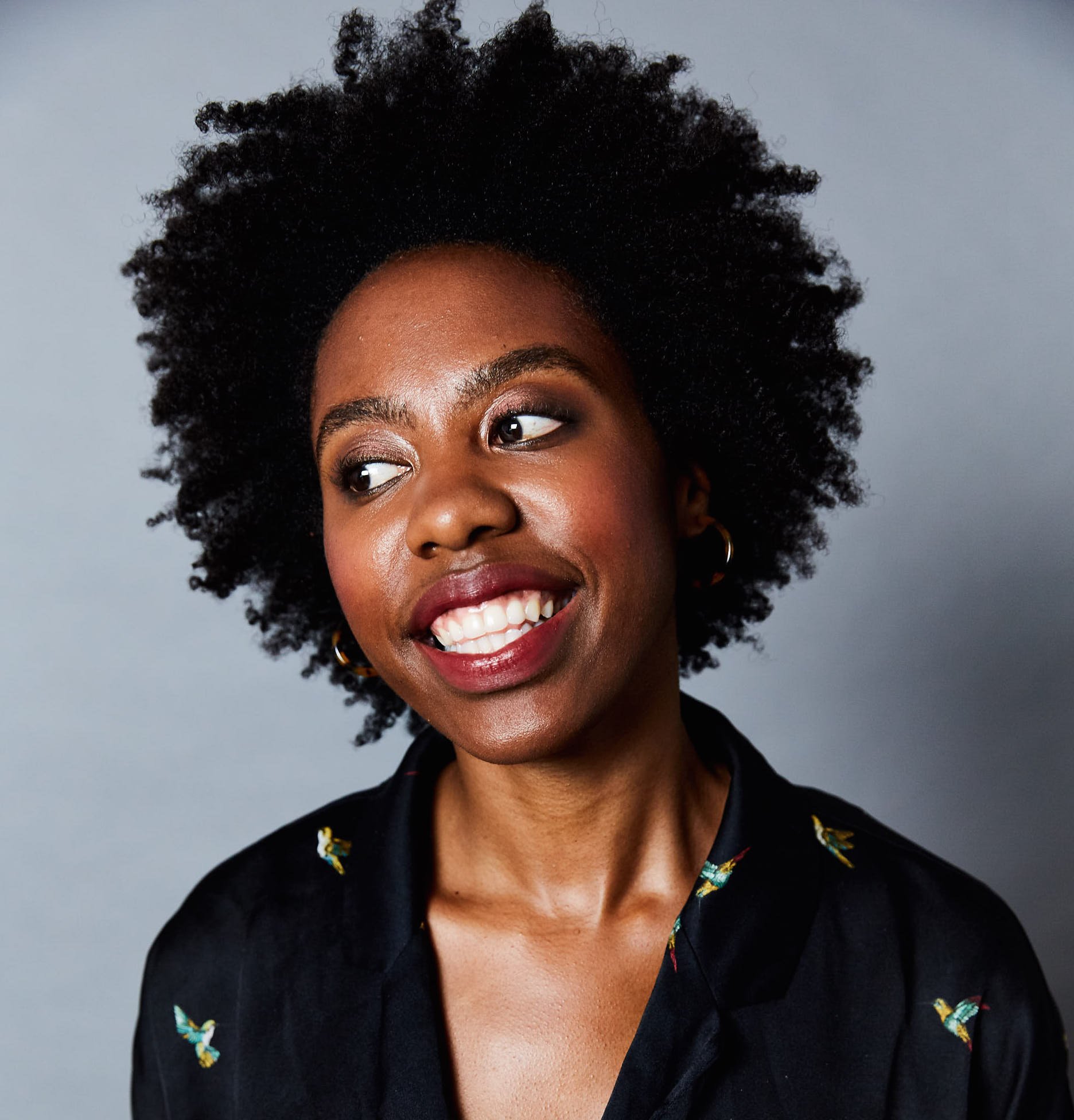
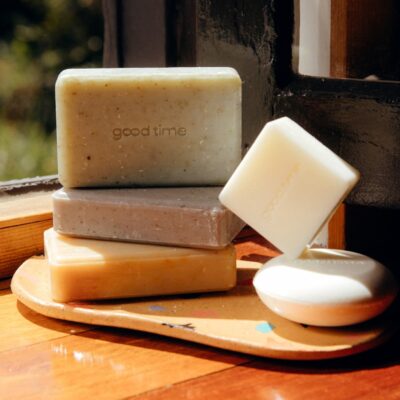

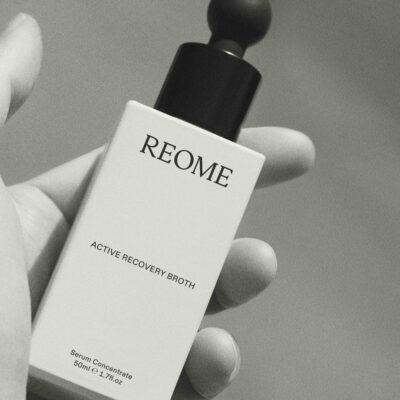
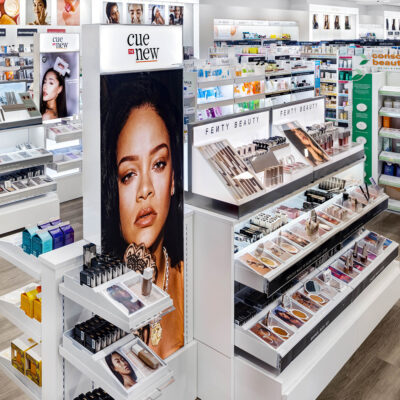
Leave a Reply
You must be logged in to post a comment.